site search
online catalog
HALL CARBINE CARRIED BY A TROOPER IN THE 2nd MISSOURI CAVALRY, CARL A. BLANCHARD

Hover to zoom

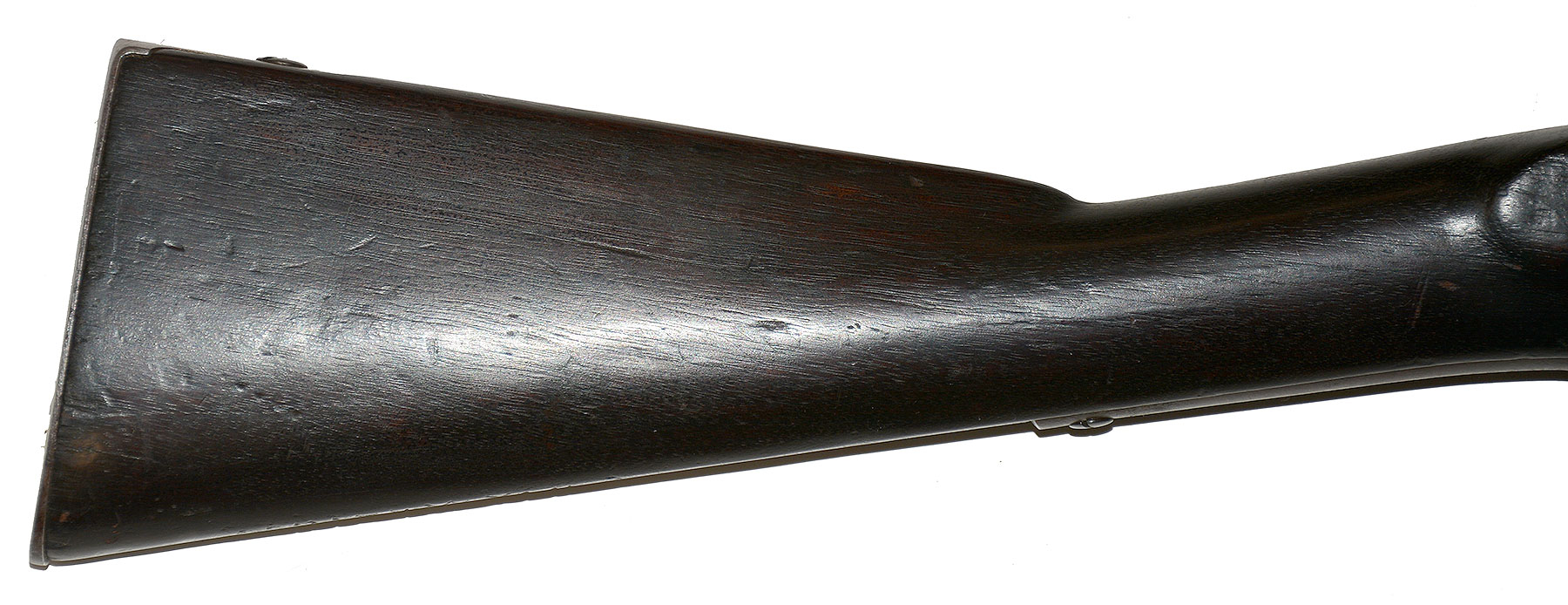


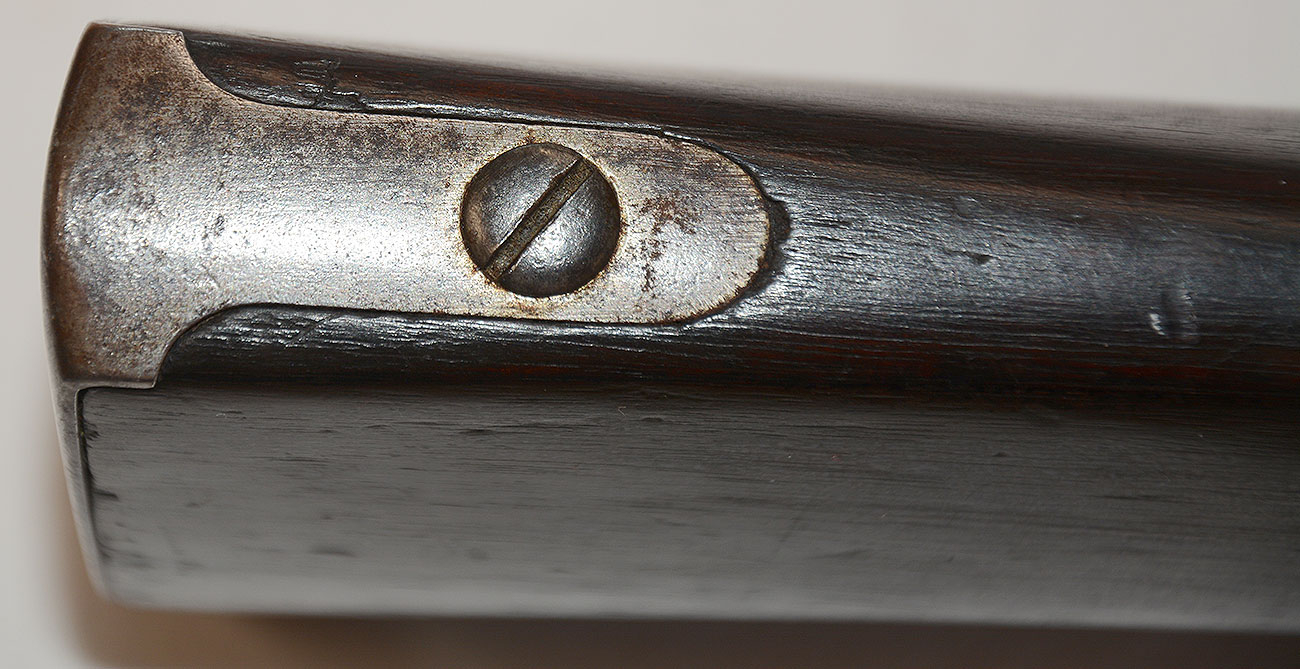
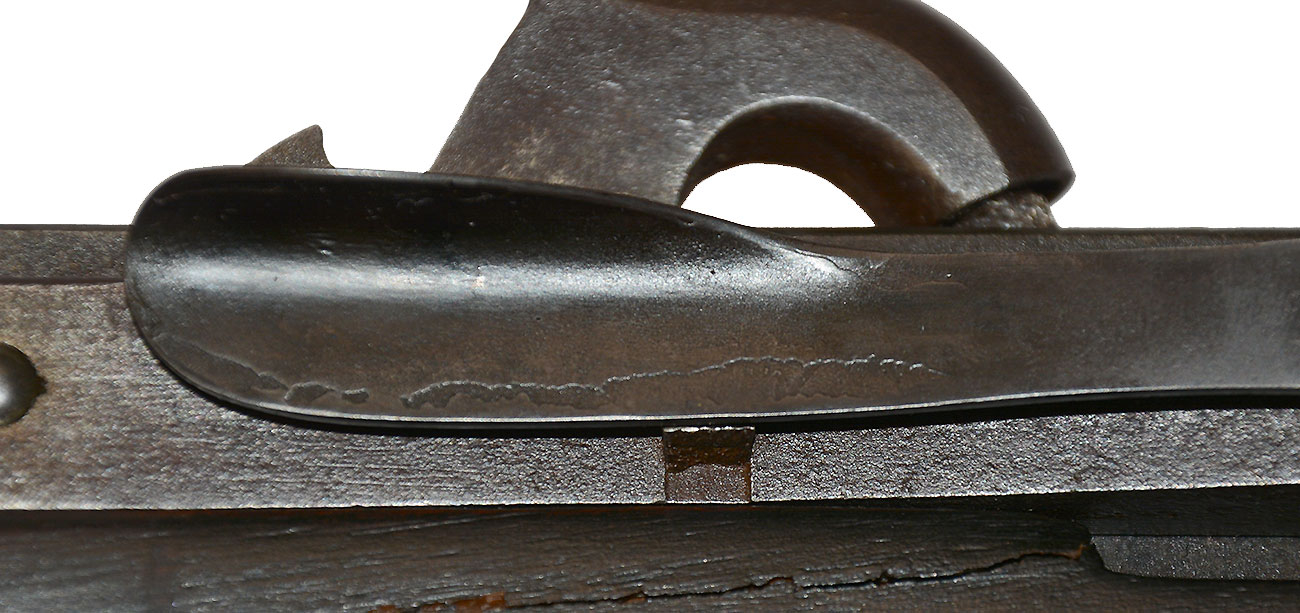
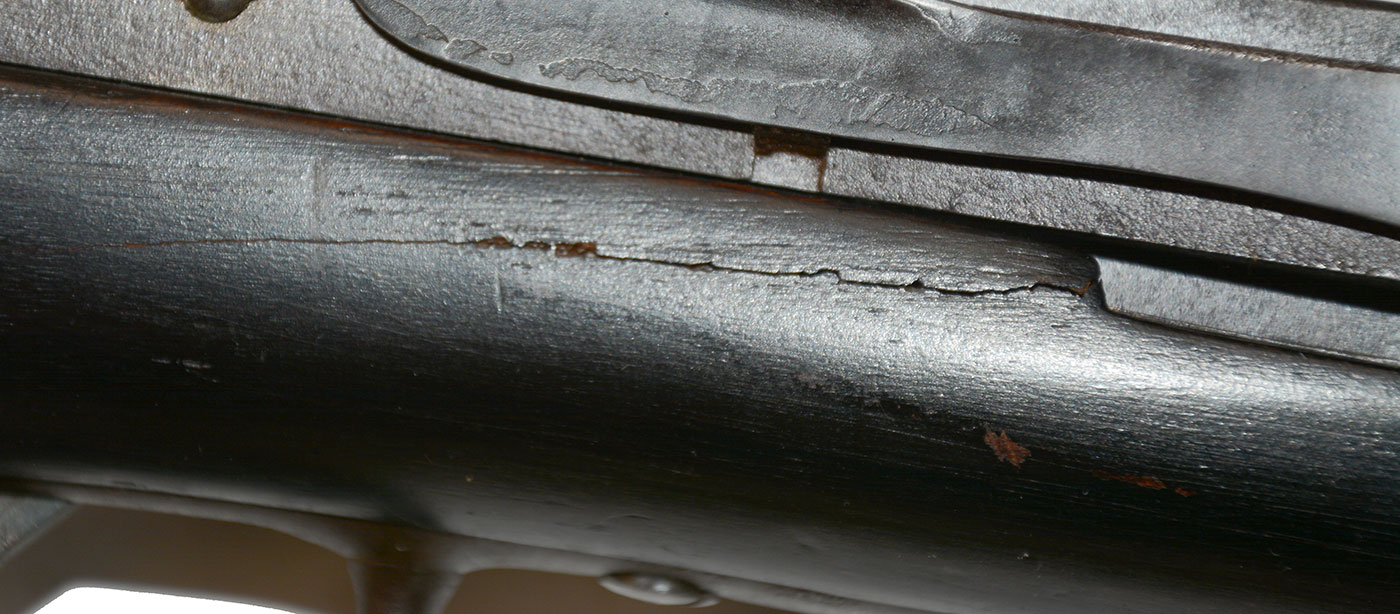

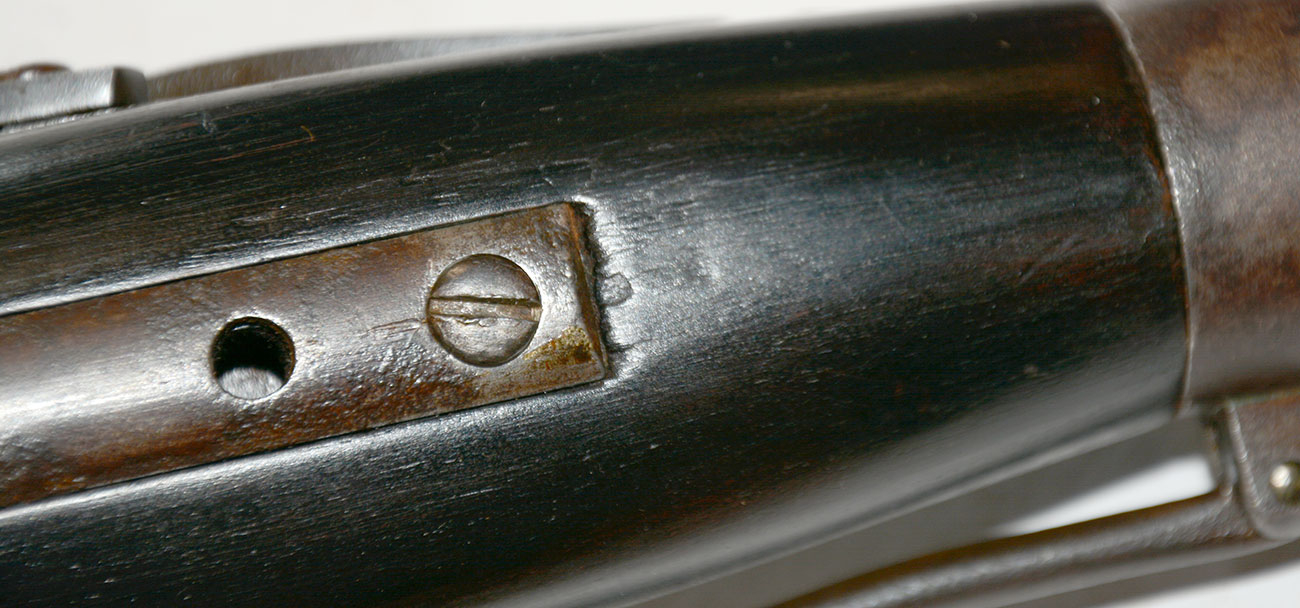
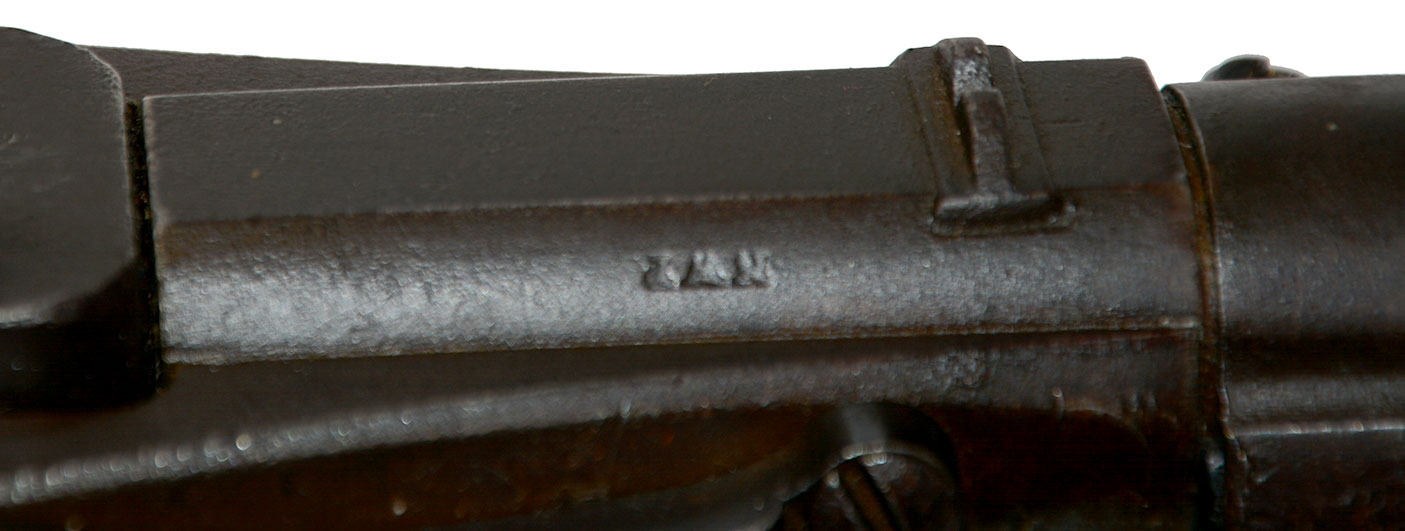

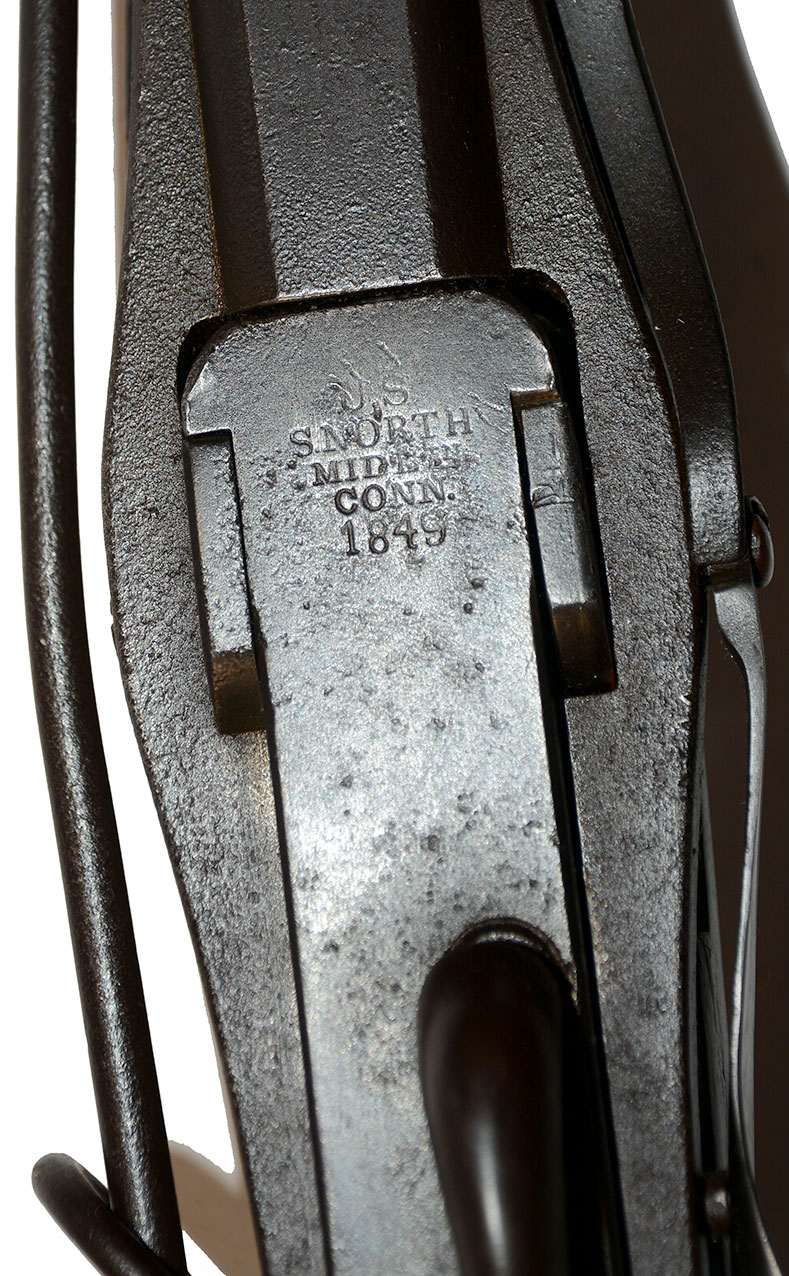


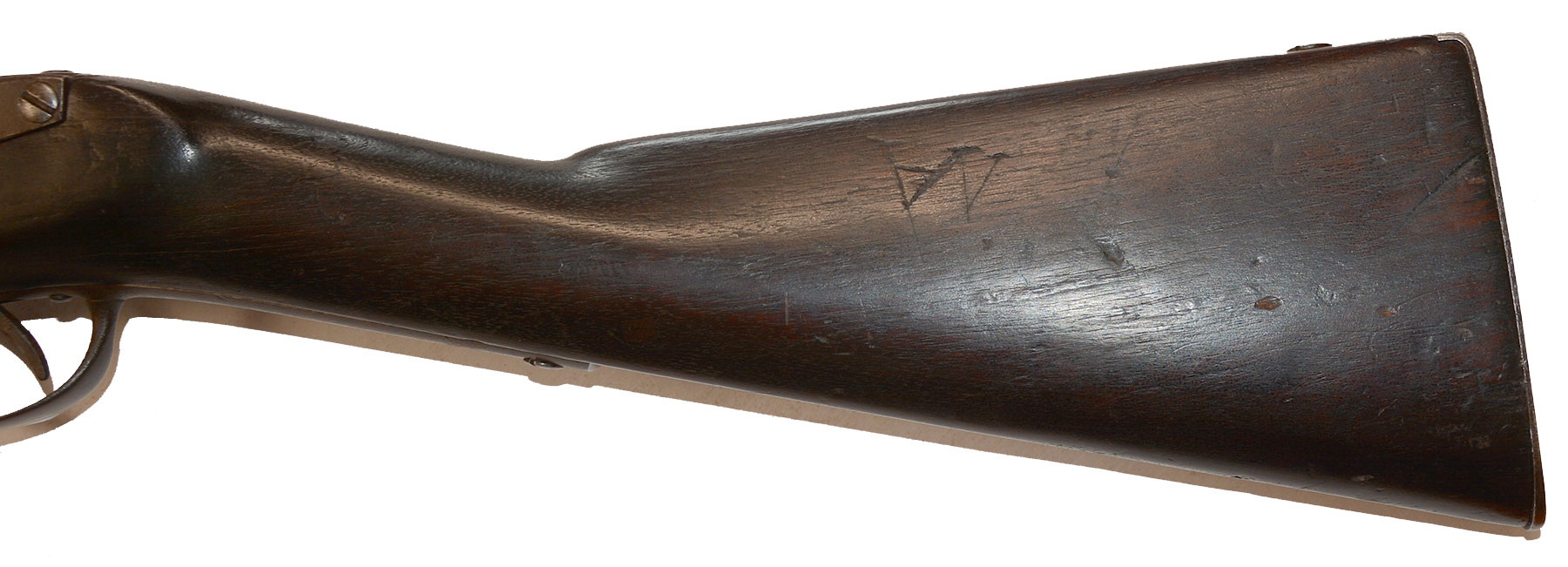
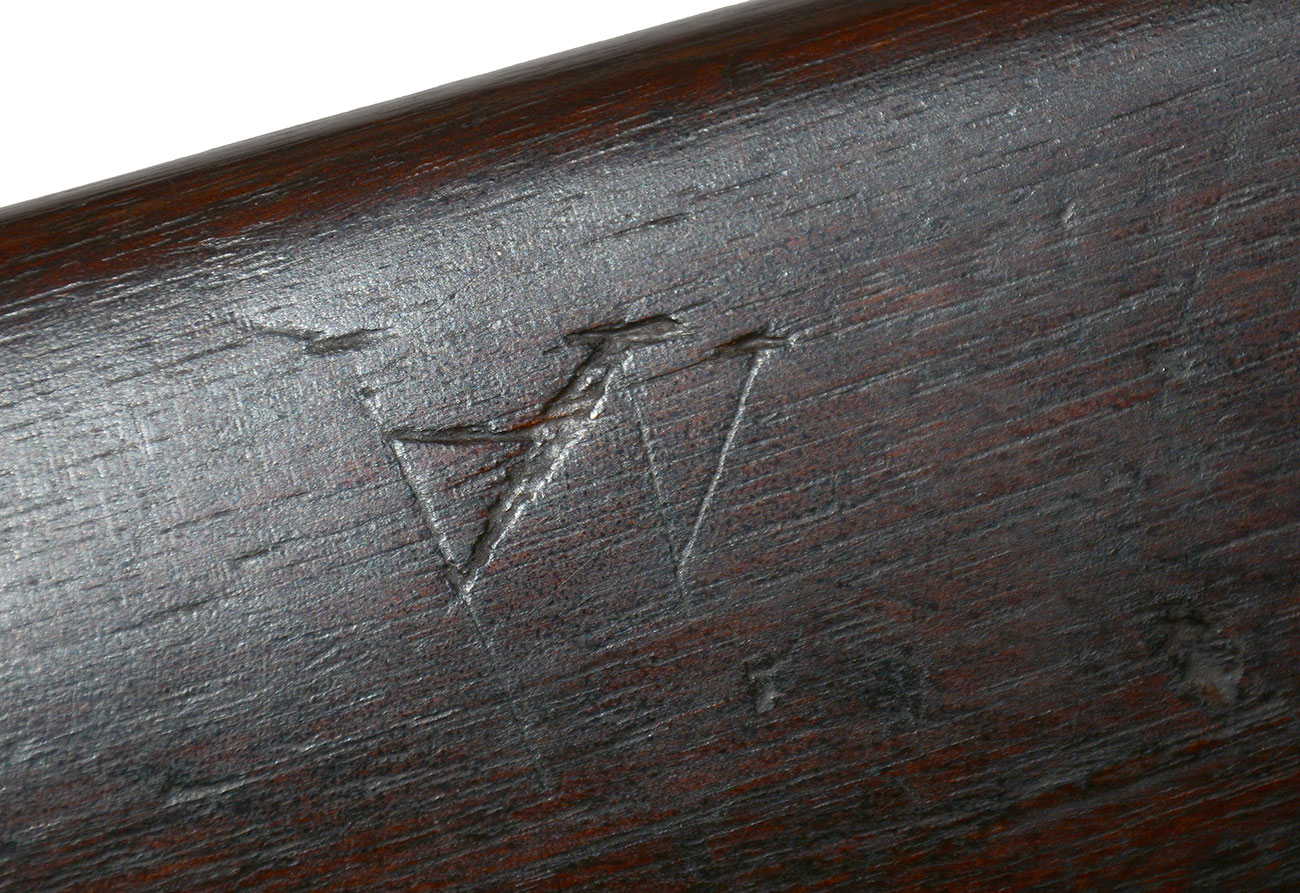
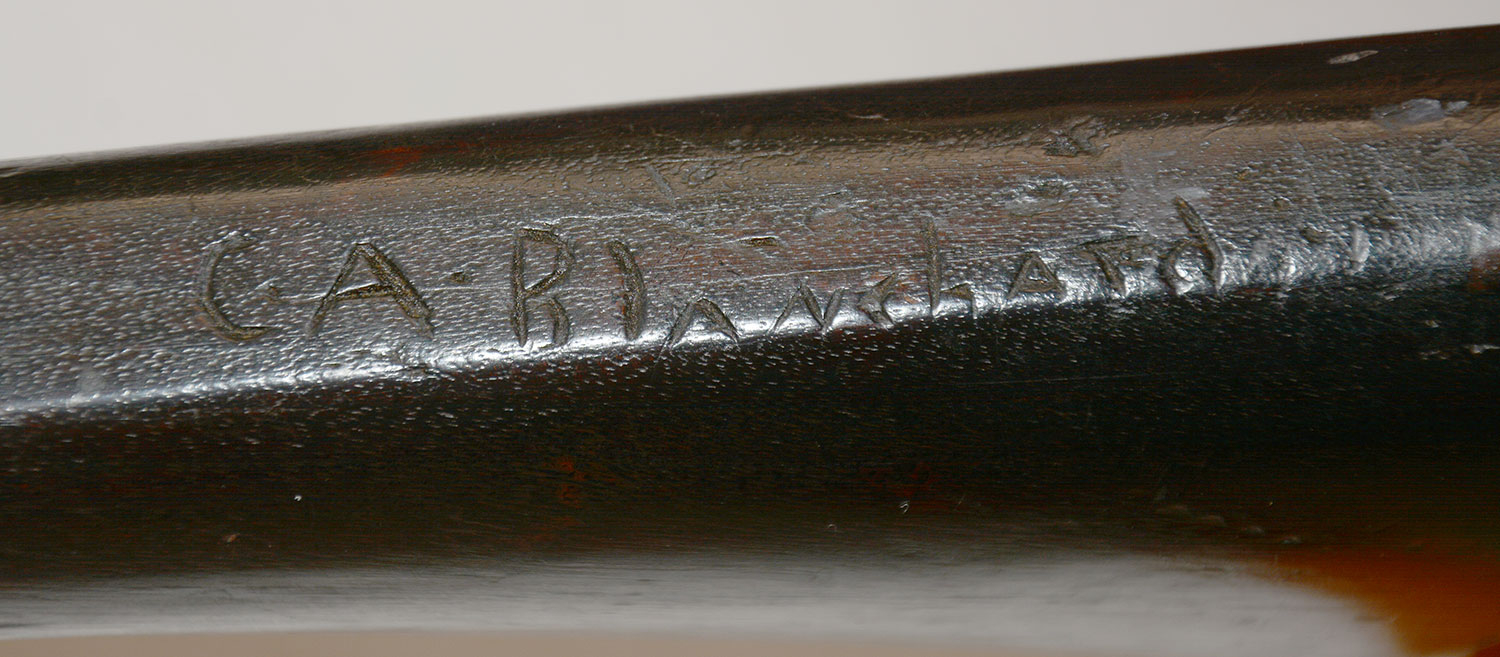

$3,250.00
Quantity Available: 1
Item Code: 490-7352
Shipping: Determined by Method & Location of buyer
To Order:
Call 717-334-0347,
Fax 717-334-5016, or E-mail
This is a Civil War modified US Model 1843 Hall-North breech-loading rifled percussion carbine. These carbines were produced by Simeon North of Middleton, Connecticut from 1844 through 1853, with a total of 10,500 being manufactured. The carbine utilized the same rising block, breech-loading system, that had been incorporated in earlier Hall breech loading-weapons. However, the Model 1843 used a new side-mounted lever to open and close the breech, instead of the various bottom mounted releases used on all previous Hall models. The guns had 21” long .52-caliber smooth bore barrels secured with two flat barrel bands. The breech block and hammer were originally case hardened. The sights consisted of a simple fixed notch rear sight and a front blade. A threaded, buttonhead “ramrod” was included in the channel under the stock, to serve as both a cleaning and clearing rod and for emergency use as a ramrod should the block become seized and unopenable.
The Model 1843 carbine was the primary long arm of the 1st and 2nd US Dragoons through the period of the Mexican American War, and many of these guns saw extensive use during the American Civil War as well. The most famous of these carbines were those involved in the “Hall Carbine Affair” that involved General Fremont as well as a number of somewhat unscrupulous East Coast arms dealers and financiers.
With the opening of the American Civil War Arthur Eastman of Manchester, New Hampshire offered for sale 5,000 "altered" Hall Model 1843 Carbines. He proposed to have their .52 caliber smooth bores rifled with 6 grooves, and to have their chambers enlarged to accept .58 ammunition. Eastman had successfully arranged to purchase the 5,000 carbines from the US Ordnance Department in May and June of 1861, paying $3.50 each for them and taking them from stores held at the Governor’s Island Arsenal in New York, and from Frankford Arsenal in Philadelphia. Eastman arranged to sell the carbines to a Simon Stevens who agreed to pay Eastman $12.50 each for them in their newly altered rifled state. Simon proceeded to contact Major General John C Freemont (John C. Frémont | American Battlefield Trust) then in Saint Louis and offered the carbines for sale to him. Fremont agreed to take all 5000. The first of the altered carbines arrived in St. Louis by the end of August with the balance arriving by mid-September. The guns were being issued to the troops in the field by the end of September 1861. Colonel JW Ripley of the Ordnance Department had seen the initial documents relating to the purchase of the carbines at $22.00 each and immediately realized that these were the same guns he had authorized selling out of US inventory at $3.50 each! A Congressional inquiry was convened. By 2 November 1861 Freemont had been relieved of his command. Although his removal has often been believed to have been the result of this purchasing debacle, in the greater scheme of things his inept leadership and the fact that he ran the Department of the West as his own private fiefdom had much more to do with it his loss of command than the arms scandal. However, this very public embarrassment was certainly one of the final straws that resulted in his removal from command by President Lincoln. These rifled Model 1843 carbines were issued to several Western Theater and Trans-Mississippi cavalry units, including the 4th Arkansas, 2nd, 3rd, 9th and 10th Illinois, the 1st Indiana, 4th and 5th Iowa, 2nd and 5th Kansas, 2nd Battalion Militia, 6thMilitia, 10th Militia, 2nd, 3rd, 6th, 7th and 10th Missouri, 8th and 9th New York, 3rd and 4th US and 2nd Wisconsin Cavalry. Many of these altered carbines remained in service through the war, and as such they tend to be encountered in rather rough condition.
On this offered example the barrel is 21 inches long and is secured by two-barrel bands and fitted with a post front sight and v-notch rear sight. The breech block is fitted with a percussion nipple firing directly into the chamber. The left side mounts a bar for the sling ring extending from the rear of the breech to the first barrel band. The ring is intact. The metal is smooth and shows a pleasing age brown patina with scattered minor pitting here and there. The top of the rising breech block is stamped: "U S" over "S. NORTH" over "MIDLtn" over "CONN." over "1849". Ahead of the block on the right side of the barrel is the inspector's initials "NWP". The cleaning rod is in place. The wood has good, deep color and fits the metal tightly. The stock had been fractured between the rear band and the wrist so typical of the Hall weapons. This damage has been professionally repaired and although the repairs are evident the job was beautifully carried out. There is a 1 inch high and wide "W" carved on the left side of the butt stock. The .58 caliber, 6 groove rifled bore is very good. The gun is complete, and all the components are original.
The bottom of the stock just forward of the butt has the carved name "C. A. Blanchard". Carl A. Blanchard enlisted at Battle Creek Michigan in March of 1862. But this Battle Creek company chose to join the 2nd Missouri Cavalry also known as Merrill's Horse. Blanchard's assigned company was "I". Please follow this link for details on Merrill's Horse (Battle Unit Details - The Civil War (U.S. National Park Service)
Blanchard was with this regiment until mustered out mid-September 1865. There is every reason to believe he carried this particular arm the whole term of his service. [pe] [ph:L]
DISCLAIMER: All firearms are sold as collector's items only - we do not accept responsibility as to the shooting safety or reliability of any antique firearm. All firearms are described as accurately as possible, given the restraints of a catalog listing length. We want satisfied customers & often "under" describe the weapons. Any city or state regulations regarding owning antique firearms are the responsibility of the purchaser. All firearms are "mechanically perfect" unless noted, but again, are NOT warranted as safe to fire!
~~~~~~~~~~~~~~~~~~~~~~~~~~~~~~~~~~~
THIS ITEM, AS WITH ALL OTHER ITEMS AVAILABLE ON OUR WEB SITE,
MAY BE PURCHASED THROUGH OUR LAYAWAY PROGRAM.
CLICK HERE FOR OUR POLICIES AND TERMS.
THANK YOU!
Inquire About HALL CARBINE CARRIED BY A TROOPER IN THE 2nd MISSOURI CAVALRY, CARL A. BLANCHARD
Most Popular
Historical Firearms Stolen From The National Civil War Museum In Harrisburg, Pa »
Theft From Gravesite Of Gen. John Reynolds »
Selection Of Unframed Prints By Don Troiani »
Fine Condition Brass Infantry Bugle Insignia »
Large English Bowie Knife With Sheath 1870’S – 1880’S »
Imported (Clauberg) Us Model 1860 Light Cavalry Officer's Saber »
featured item
5th NEW YORK NATIONAL GUARD COMPANY E FLANK MARKER
This very attractive blue silk marker with gold fringe and embroidered unit designation comes with a 1995 letter from flag authority Howard Madaus, a 2004 treatment report by Textile Preservation Associates, the well-known and highly respected… (1179-014). Learn More »


